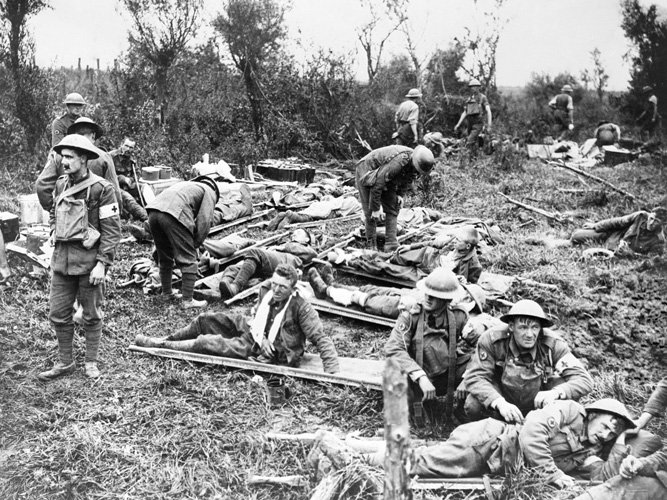Mass Casualty Incident
Published (updated: ).

What to do if the call is bigger than what the ambulance service can handle
Mass casualty incidents are incidents that have more patients than what can be provided by the local ambulance service. How would the medics know they are in the middle of a mass casualty incident?
Ambulance – Medic One to dispatch
Dispatch – Go ahead Medic One
Ambulance – It looks like there are 20 patients on this scene, we will need 9 more ambulances
Dispatch – Sorry Medic One, I can only send you 3
Sounds like it’s time to flip the script and manage the call differently. If dispatch can’t send enough ambulances to the scene in a reasonable period of time, the medics will have to begin reverse triage.

Reverse triage is a method of triaging mass casualty incidents that was born on the battlefields of the Civil War. Army medics in history have been confronted with numerous casualties, some worse than others. Some patients can walk and other patients are just too far gone to worry about. Add to the problem of there only being one medic assigned to a platoon of 30 infantry, and every incident is a mass casualty incident.
In a mass casualty, the least injured patients are the first to leave
At mass casualty incidents, there will be a wide range of injuries, some more debilitating than others. The easiest group to start with are patients who can walk. The walking wounded patients are the first priority as they can be told to move to a location. Once all the walking wounded have been collected, they can be transported to the hospital in a van or a school bus. Leaving the ambulances to manage other patients.
Once the walking wounded have been removed, the medics are only left with patients who can’t walk
Now the medics have to make their way through the crowd of patients who are unable to self ambulate (walk). The reality of non walking patients is that the range of injuries can be quite diverse, some more serious than others. If a patient can’t walk because they only have a sprained ankle, the patient can probably wait to be evacuated so the medics can evacuate a more injured patient. So how are the medics to know which of the non ambulatory patients are worse than the others?
The START Triage System
Many EMS agencies and fire departments currently use the START triage system, which is the national standard for fire and EMS services. The system is designed to allow a group of trained individuals to rapidly triage (that’s French for, “to sort”), manage a patient population (of any size), and transport those patients to appropriate destinations (in an organized manner). The START triage system is not intended for use on routine calls (with several patients). Additionally, START also expects the triage team to assume that certain patients are dead, when in fact they very well might have a pulse. The reason is that certain patients might normally have chance for survival if the incident involved one or two patients (because you would be able to allocate personnel to treat them), however, in a mass casualty incident, taking that manpower away from the incident could decrease the survival of other, less injured patients. The goal of any triage and mass (or multi) casualty plan is to take steps to ensure that the maximum number of patients will survive (it’s not there to “save” everybody, just as many as possible).

